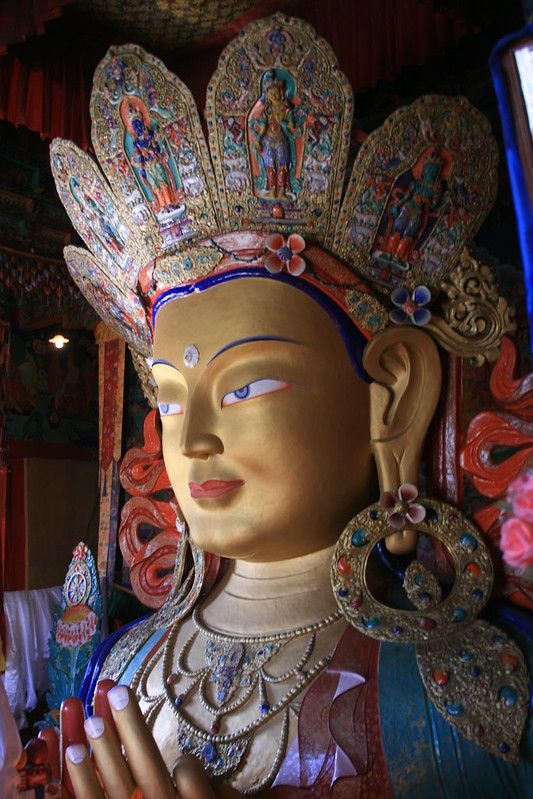Calming down the nerves with Aana Paana meditation

Having a stressful day at work? If so, use the Aana Paana meditation as your go-to technique to find your calm and centre and deal with your day. It takes about 10 minutes to centre you.
Stressful work day - anyone?
Have you noticed that our modern workday is designed to cause stress?
A day, full of meetings, with scores of action items in each of these meetings. There is, however, no time allocated to reflect on these meetings, let alone allocating a contiguous block of time to follow up on the action items. The underlying sub-text to your consciousness is you are behind and hence not good enough.
How about an email counter that tells us how far we are are behind on emails? “Congratulations! you have only 1002 unread messages”. Unsurprisingly, the underlying sub-text to your consciousness is you are behind and hence not good enough.
Mentally exhausted, most people react by responding to emails instantly and scheduling every minute of the day. Every hour is blocked to produce efficiently but not productively. The few minutes between every lull in the day are spent responding to emails (“I am an email Ninja and my Inbox Zero proves it”). This leads to a vicious cycle of playing catch up on the un-important and feeling overwhelmed because the important gets side-tracked.
We have become high paying email processing machines.
We know that for everything that is getting done something else is being dropped. These micro-stresses add up in our lives. Death by a thousand cuts anyone?
Usually, we are over-whelmed about an hour or two after lunch.
This is the perfect time to do the Aana Paana technique.
This technique is taught as training wheels in the Vipassana meditation practice. The Aana Paana and Vipassana were the first techniques taught by Buddha post-enlightenment. Vipassana is learnt over 10 days in absolute silence. As a context, students practice this technique in a 12-14 hour day for 3 days to get them in a state to do the Vipassana practice. Luckily, we don’t have to go that far :-).
So, let’s steal from the Buddha to make our stressful day better.
Setup
I usually call for a setup phase for every meditation technique that I write about. My favourite setup for this technique is to go for a quick 5-10 minute walk. Changing your physical state is a great way to change your mental state and walking is the best way to change your physiology on a stressful day. This is meditation enough if you like.
The Aana Paana Technique
The technique is really a fancy name to watch your breath come in and go out. There is a twist that makes the technique much better than just watching your in-breath and out-breath and that is to pay attention to the breath in the space between your nostrils and upper lip. This space is called the philtrum (google it to visualise it).
Pause reading this article and try it for 5 breaths.
…
I know, you didn’t pause. Let me virtual-nudge you. It’s just 5 breaths - nobody will ever know. It is our secret. Pause and notice your breath for 5 breaths. Just go ahead and do it.
…
…
How was it? Feeling more receptive to the article than about a minute ago?
Back to the article/practice now.
Watch your breath come in and go. Feel the sensation of the breath on the philtrum.
In the beginning, it is hard to notice the breath touching your skin . The reason is that our mind isn’t sharp enough (yes, sharpening your mind is a thing!) to perceive the signals from our skin. Trust me - after about 3 non-stop days of 12 hours each, this sensation is acutely perceived :-). That said, you don’t have to go 3 days to get the benefits - just try to pay attention to the breath for the next 5-10 minutes.
You are going to lose focus and head elsewhere after about 2-3 breaths. As soon as you notice the loss of focus, bring it back. My experience is that you should declare victory if you consistently get about 3-5 breaths of focus (typically it is 3). Don’t stress if you are out imagining things or thinking about work as long as you came back.
Do the practice for about 5-10 minutes where 10 is better than 5 :-).
Closing the Practice
Bring your attention back to here and now. Notice any changes to your physiology, your state of mind. I suggest, documenting these changes, documenting helps signal to yourself that the practice works and builds confidence in your meditation skills.
Closing thoughts
Mr. Goenka (modern day Vipassana founder) mentions that a practitioner can get untold mental and physical benefits if she only practices the Aana Paana and never graduates to any other meditation technique.
FAQ
What does Aana Paana mean?
The two words (language: Pali, used in Buddha’s time) have roots in Sanskrit (Prana and Apaana) where in this context Prana means in-breath and Apaan meant out-breath.
Why does the technique work?
This technique is another in a class of techniques that get your mind to focus on something external or a form to focus on (form = breath) (as opposed to form-less meditation which is much harder). The focus on form or an object here is intentional as it helps newcomers train themselves easier
Why the health benefits?
A lot of health issues are caused by stress and stress control is tied to the breath. The breath is the biggest lever to managing stress and this technique is the fastest way to activate this lever. The longer you do the technique the more your breath is under your control, the lower your cortisol levels and the better it is for your health.